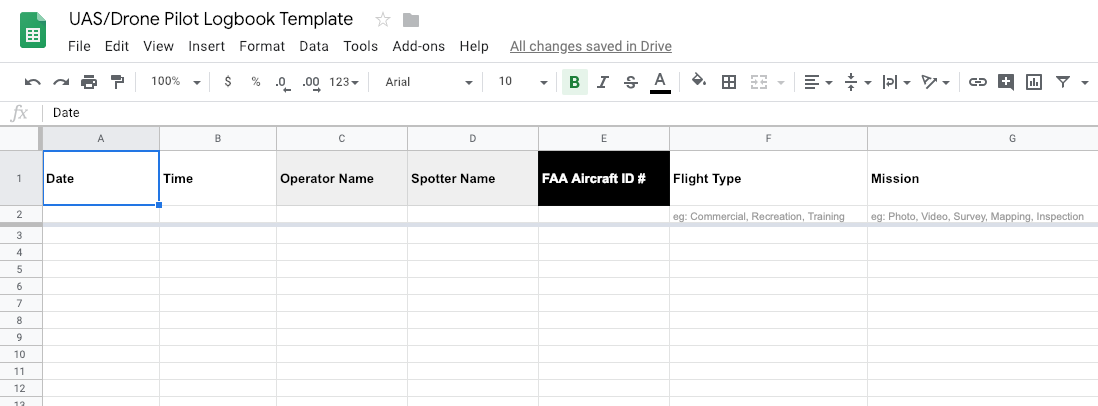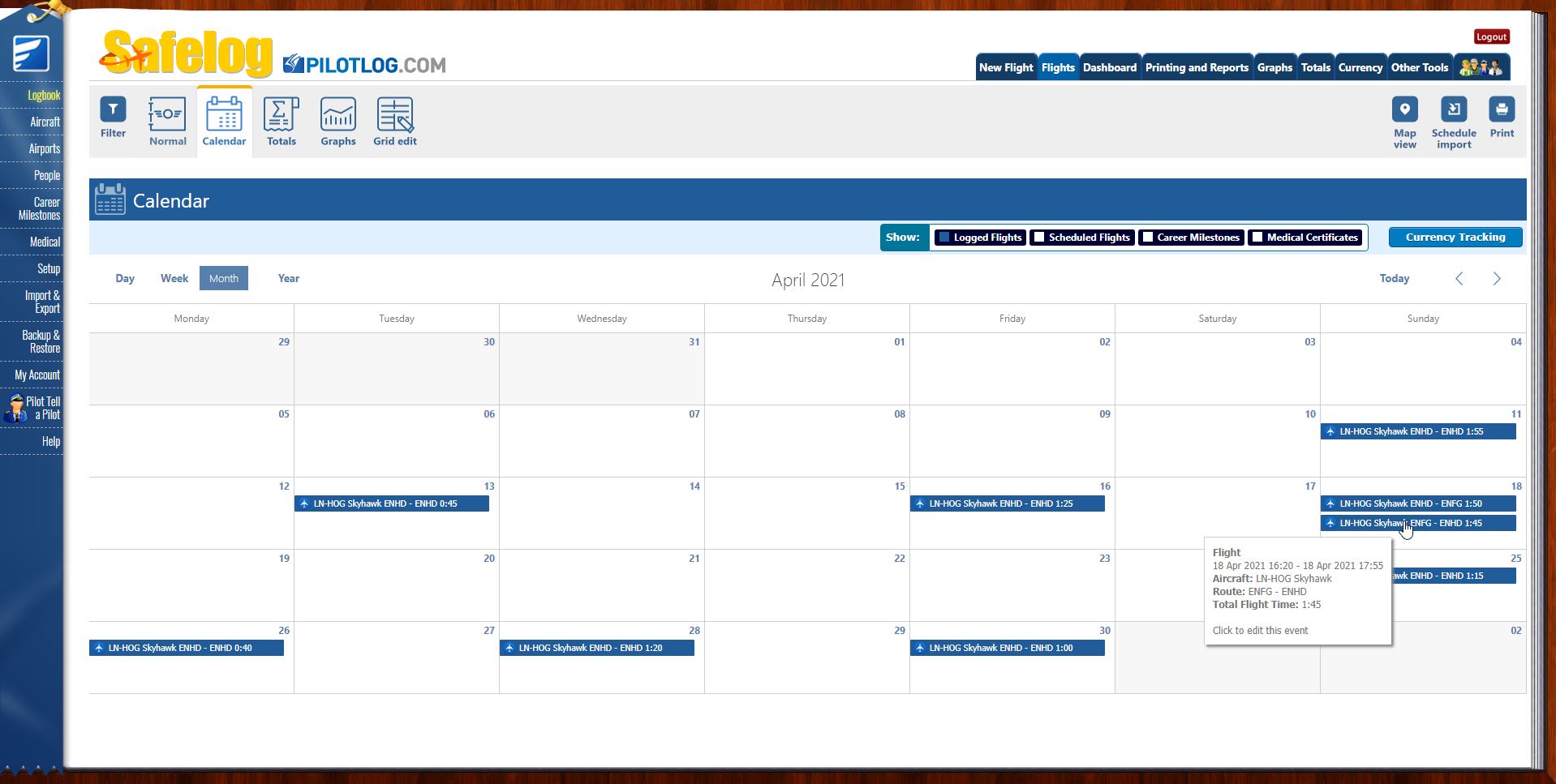
- Google sheets pilot logbook how to#
- Google sheets pilot logbook install#
- Google sheets pilot logbook code#
Google sheets pilot logbook code#
The code above will handle all authentication to Google Sheets and Google Drive. Spreadsheet_service = build('sheets', 'v4', credentials=credentials)ĭrive_service = build('drive', 'v3', credentials=credentials) # auth.pyįrom googleapiclient.discovery import buildįrom google.oauth2 import service_accountĬredentials = service_service_account_file('credentials.json', scopes=SCOPES)
Google sheets pilot logbook install#
Run pip install -r requirements.txt to install the packages.Ĭreate an auth.py file and add the code below to the file. Create a requirement.txt file and add the following dependencies to it. The two commands below will create and activate a new virtual environment in a folder called env. Venv is an inbuilt Python module that creates isolated Python environments for each of your Python projects.Įach virtual environment has its own Python binary (which matches the version of the binary that was used to create this environment) and can have its own independent set of installed Python packages. Navigate to the new project directory using cd python-to-google-sheetsĬreate a virtual Python environment for the project using the venv module. To install Python, you can follow this excellent guide on the Real Python blog.Ĭreate a new project directory using your system’s terminal or command line application using the command mkdir python-to-google-sheets.

This tutorial requires you to have Pyth on 3 and Pip3 installed on your local computer.
Google sheets pilot logbook how to#
How to enable Python access to Google SheetsĪrmed with the credentials from the developer console, you can use it to enable Python access to Google Sheets.
Copy the JSON file to your code directory and rename it to credentials.json. If everything is successful, you will see a screen similar to the image below. The credentials will be created and downloaded as a JSON file. Name the service account, then grant it a “ Project” role with “ Editor” access and click on “ Continue”. 
Follow the image below to fill in the other options. Node.js, Tomcat, etc.) as where you will be calling the API from.
Select “ Google Drive API” as the API and “ Web server” (e.g. Search for Google Drive API and click on “ Enable”. You will be redirected to the project home page once the project is created. Fill in the required fields and click on “ Create”. Head over to Google developer console and click on “ Create Project”. – Google Cloud Docs Creating a service account Applications use service accounts to make authorized API calls, authorized as either the service account itself or as Google Workspace or Cloud Identity users through domain-wide delegation. In order to read from and write data to Google Sheets in Python, we will have to create a Service Account.Ī service account is a special kind of account used by an application or a virtual machine (VM) instance, not a person. Check out the following guide to learn the steps to complete. There are a number of ways to get Python code to output to Google Sheets.įor the purpose of this post, we will be using the Python Google API client to interact with Google Sheets. Is there a way to upload Python data into Google Sheets? The best part is that you can schedule your data imports whenever your want.Ĭheck out more about the Google Sheets integrations available with Coupler.io. Besides, you can use Coupler.io to pull data via REST API, as well as from online published CSV and Excel files, for example, from Google Drive to Excel. It lets you import data into Google Sheets, Excel, or BigQuery from multiple sources including Pipedrive, Jira, BigQuery, Airtable, and many more. If you are not tech-savvy enough to use Python, you can go with a no-code solution, such as Coupler.io. However, this will require coding skills. If your business uses Google Sheets and you rely on data from various sources, consider using Python to automate your data transfer. When you automate repetitive tasks, such as reading and writing to Google Sheets, you can reach functional and operational efficiency. Speed entails automation of everything including entering data into a spreadsheet. In today’s business world, speed plays a key role in being successful. The no-code alternative to using Python for exporting data to Google Sheets If you use Python with Google Sheets, it is easy to integrate your data with data analysis libraries, such as NumPy or Pandas, or with data visualization libraries, such as Matplotlib or Seaborn. It is designed with features that support data analysis and visualization, which is the reason why it is often the de facto language for data science and machine learning applications. Python is a general purpose programming language that can be used for developing both desktop and web applications. How fast can Python load data to Google Sheets? The motivation for using Python to write to Google Sheets






 0 kommentar(er)
0 kommentar(er)
